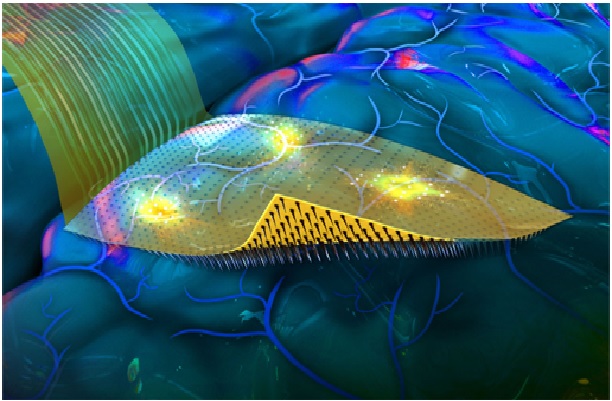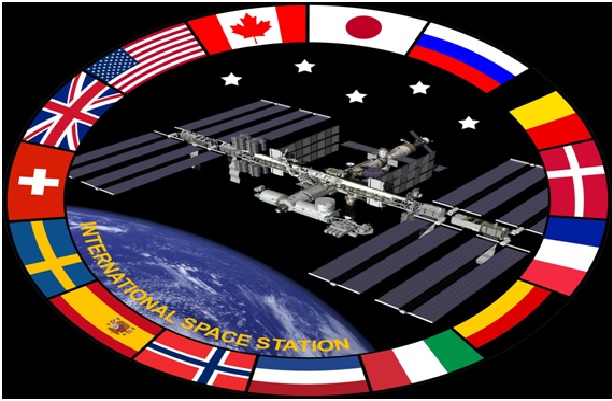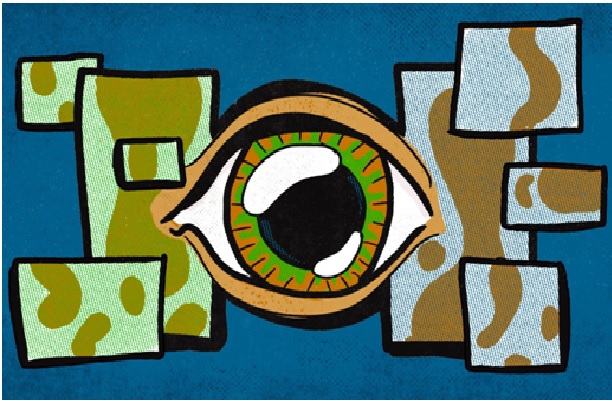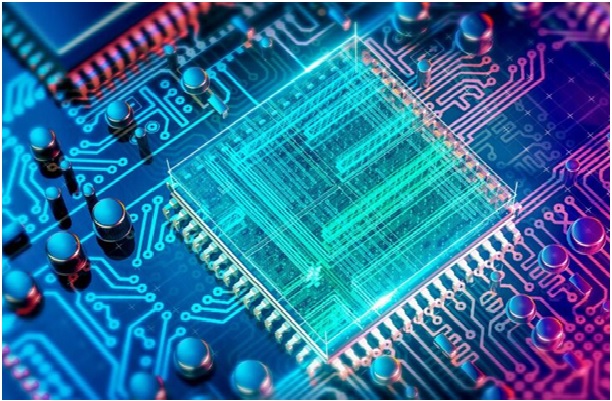What Is Computer Vision & How Does it Work?
What is computer vision?
Computer vision is a field of artificial intelligence (AI) that enables computers and systems to derive meaningful information from digital images, videos and other visual inputs — and take actions or make recommendations based on that information[1]
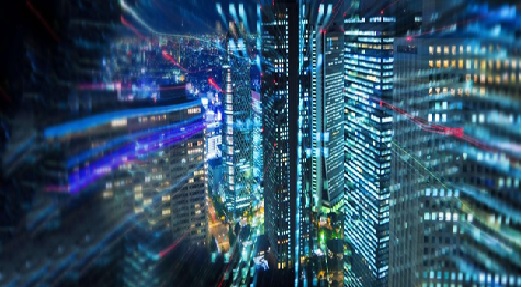
Figure. 1. Computer Vision
computer vision systems can be used for
- Object classification
- Object identification
- Object tracking
The system parses visual content and classifies the object on a photo/video to the defined category. For example, the system can find a dog among all objects in the image.
The system parses visual content and identifies a particular object on a photo/video. For example, the system can find a specific dog among the dogs in the image.
The system processes video finds the object (or objects) that match search criteria and track its movement. [2]
How computer vision works
Computer vision works in three basic steps
- Acquiring an image
- Processing the image
- Understanding the image
Images, even large sets, can be acquired in real-time through video, photos or 3D technology for analysis.
Deep learning models automate much of this process, but the models are often trained by first being fed thousands of labeled or pre-identified images.
The final step is the interpretative step, where an object is identified or classified.
Today’s AI systems can go a step further and take actions based on an understanding of the image. There are many types of computer vision that are used in different ways:
- Image segmentation partitions an image into multiple regions or pieces to be examined separately.
- Object detection identifies a specific object in an image. Advanced object detection recognizes many objects in a single image: a football field, an offensive player, a defensive player, a ball and so on. These models use an X,Y coordinate to create a bounding box and identify everything inside the box.
- Facial recognition is an advanced type of object detection that not only recognizes a human face in an image, but identifies a specific individual.
- Edge detection is a technique used to identify the outside edge of an object or landscape to better identify what is in the image.
- Pattern detection is a process of recognizing repeated shapes, colors and other visual indicators in images.
- Image classification groups images into different categories.
- Feature matching is a type of pattern detection that matches similarities in images to help classify them.[3]
References:
- https://www.ibm.com/in-en/topics/computer-vision#:~:text=Computer%20vision%20is%20a%20field,recommendations%20based%20on%20that%20information.
- https://xd.adobe.com/ideas/principles/emerging-technology/what-is-computer-vision-how-does-it-work/
- https://www.sas.com/en_in/insights/analytics/computer-vision.html
Cite this article:
Nithyasri S (2022), What Is Computer Vision & How Does it Work?, AnaTechMaz, pp. 91





